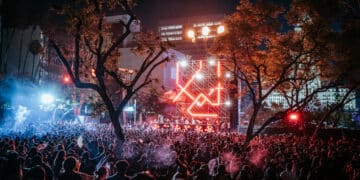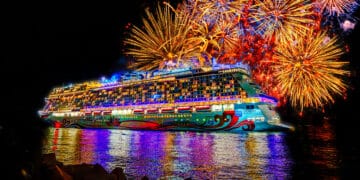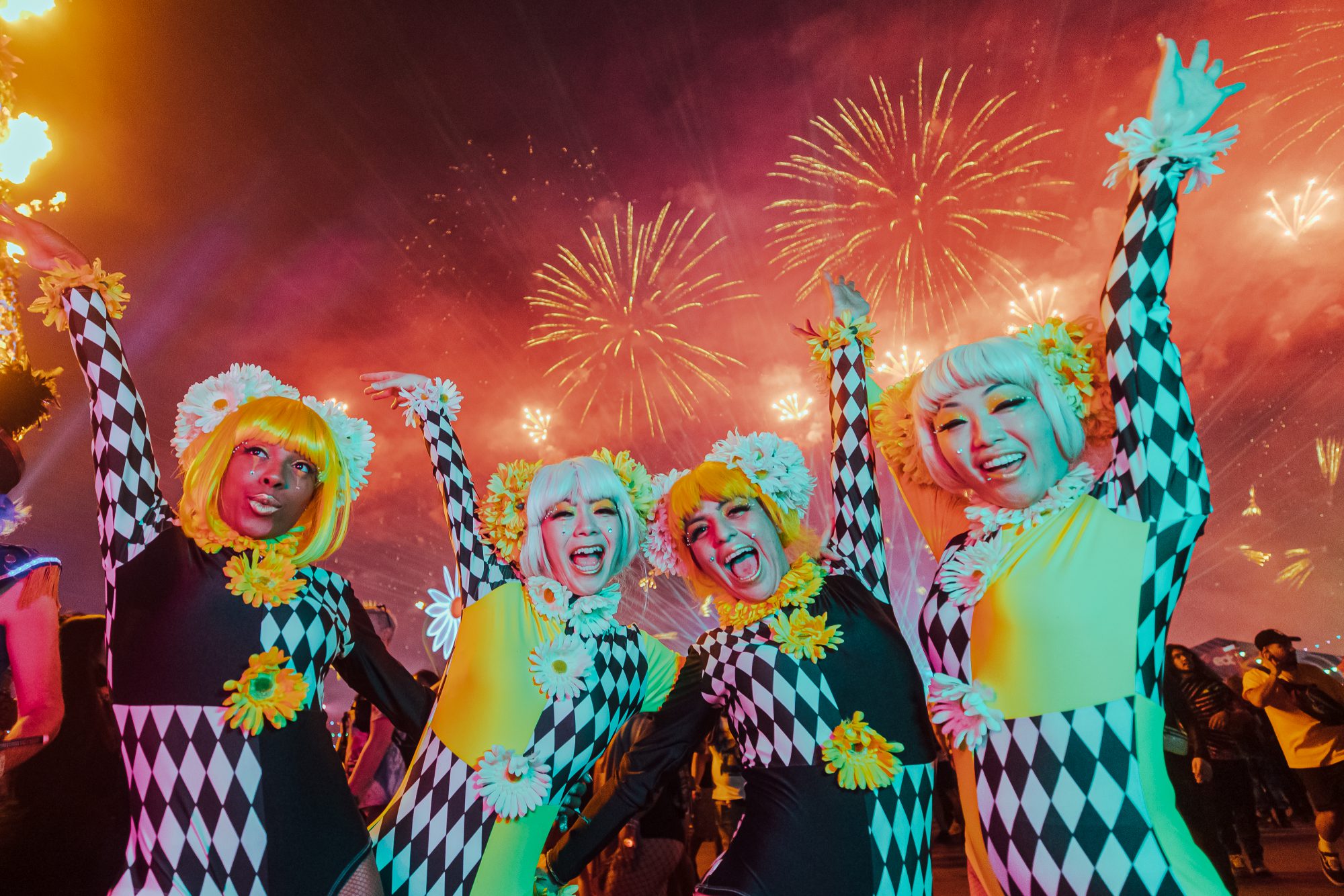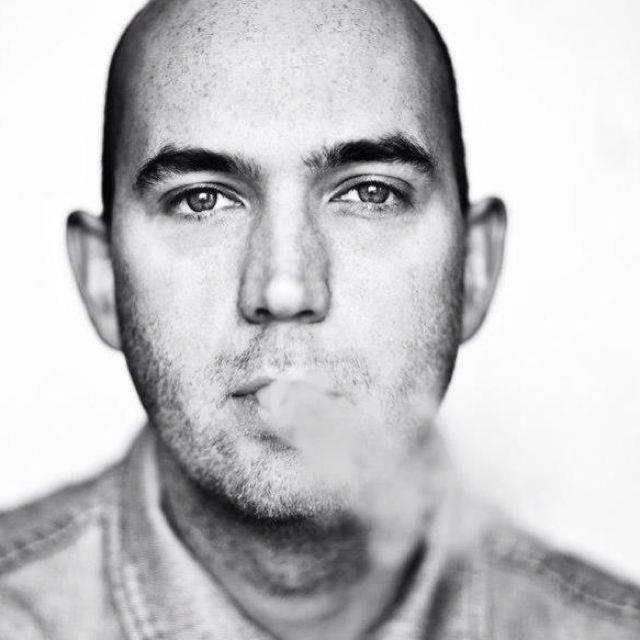Paradise Is A Garage: What the attack in Orlando means for dance music… and why we need to come together as a community.
I am in so much pain. We all are. There has already been so much vitriol and anger expressed in the news, by our politicians, and on social media (myself included). We are entitled to our grief, our rage, and our sadness. But in expressing our utter sorrow at the senseless, cowardly, and hateful murder of at least fifty of our immediate and extended family members, we must all, again myself included, do our best to not fall victim to the same hatred and irrationality that led to this tragedy in the first place. May love find all who need it most in this time of darkness.
In 1977, the world changed forever at The Paradise Garage at 84 King St in New York City.
There is an entire wealth of truly entertaining, heart-wrenching, and deeply important history available on the internet and in public libraries on the Paradise Garage. I highly encourage anyone reading this article to begin on the Wikipedia page, and explore from there. Even a good old-fashioned Google search will come up first with a veritable treasure trove of information. Here is what you need to know for the purposes of this op-ed:
The Paradise Garage was opened with an express purpose: to give the queer community of New York a safe place to dance, socialize, and express themselves, free from the judgment and oppression of a largely homophobic public, and the violent religious right.
It was the first club in America of its kind, in that it put the focus on a central floor of dancers moving to the music of a DJ and a massive sound system, rather than studio 54 style social displays of hierarchy with deferential musicians as an afterthought. The design of the club and the sound system led naturally to a heavy, continuous beat for the floor of dancers to keep in motion to all night.
If you have ever been to a nightclub, bar, massive, or festival where you dance to music with a repetitive kick drum awash in a sea of carefully tuned bass, you owe it to the Paradise Garage.
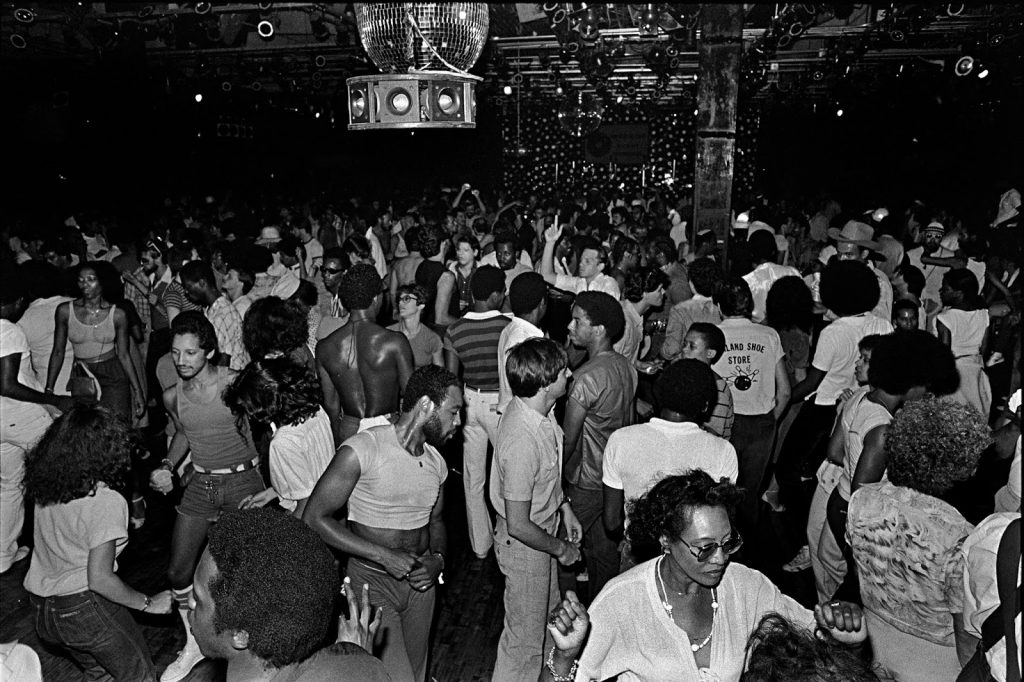
A night out dancing didn’t always involve “dance” music, and if you were anything other than straight, white, and well off, you were very likely not welcome in any (legal) establishment.
Going as far back as the beginning of colonialism itself, minorities and marginalized people have been forced to illegal or semi-legal venues to commune and express themselves through music and dance. When the establishment had their polished brass rails and velvet ropes, prohibition boozecans hosted African-American blues artists and early drag performers, and venue locations were often a word-of-mouth secret and/or only divulged at the last possible minute (sound familiar?).
Even when segregation officially ended, the gatekeepers of everything from bars to theaters used convolutions of private property rights and other loopholes to find new ways to bar blacks, gays, and anyone else they didn’t find favorable from their hallowed establishments.

The simple, heartbreaking fact of the matter is that this kind of discrimination still exists today, in our nightclub and rave culture.
Sometimes it’s overt, in the form of highly exclusive clubs that discriminate through obtuse and arbitrarily selective door policies (often overtly racist and/or homophobic when viewed under any scrutiny), and sometimes it takes more subtle forms, like only accommodating those who can afford a car and valet/parking, exorbitant door charges and drink prices, limited washroom facilities, and intentional placement away from public transit. These policies disproportionately affect members of disenfranchised and marginalized communities.
The most common kind of discrimination against marginalized people in our current nightclub culture comes in the most subtle incarnation of all: we have allowed, collectively, a degree of casual homophobia, transphobia, misogyny, racism, and rape culture to permeate mainstream dance music culture.
The constant proliferation of cartoonish gender-binary body ideals on posters and in promo videos, the constant use of heteronormative sex to sell tickets and downloads, and most common of all, staff and attendees turning a blind eye to behaviour that makes attendees who aren’t straight white males on the prowl for a hookup deeply uncomfortable.

As one of those aforementioned straight white males, we can do something. All of us, together, to make things better.
We can make every nightclub a gay nightclub. And by that, I mean a place where anyone of any sexual orientation can be welcome and dance their heart out. If you’ve ever been to a gay club, you know they’re happy to have everyone.
How do we do this? We start by no longer standing for any kind of behavior, at the club or online, that makes marginalized people feel unwelcome or embarrassed, or afraid for their safety. This includes unwelcome remarks about appearance, making promotional material about exploiting the female body, and yes, hitting on people as they owe you a response.
Secondly, we put our money where our alleged PLUR is, and refuse to patronize or support any establishments or companies that discriminate against access for marginalized people, whether it be washroom facilities, disabled access, discriminatory door policies, or deliberate ignorance on behalf of staff to harassment of guests.
Long before you or I ever felt our hearts start to pound as we heard the thump of the beat from a block away, there were brave, selfless pioneers, proud gay Americans, who created an entire culture for us ravers, musicians, fans, and night owls.
They literally paved a parking garage and put up paradise. We owe it to them now, more than ever, not just to stand side by side, but to move side by side, in solidarity with the beat of “the house that Jack built”. They can’t choose targets if we all dance together.




